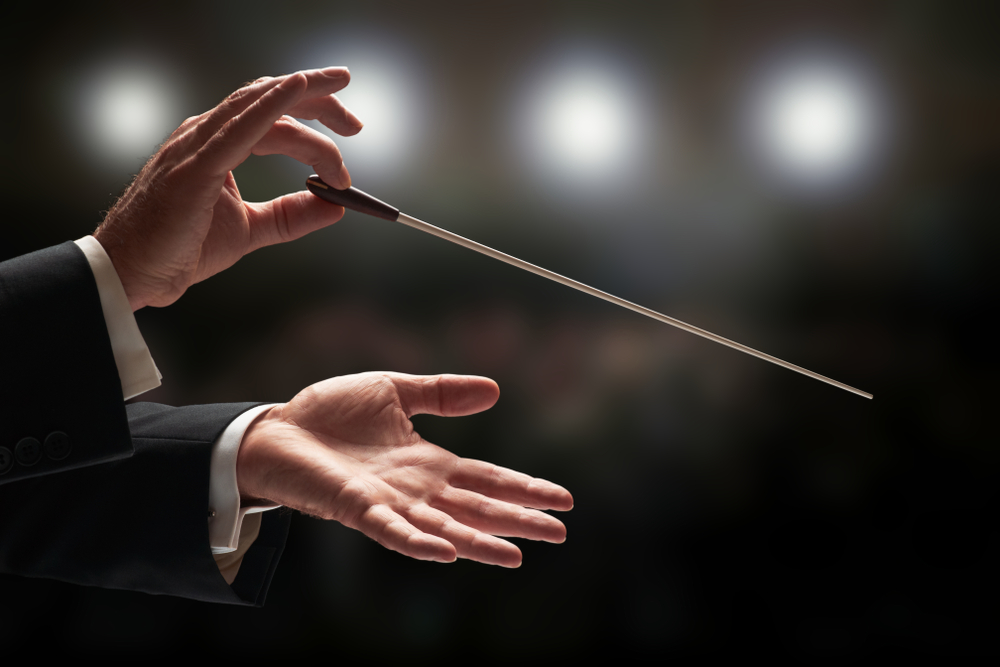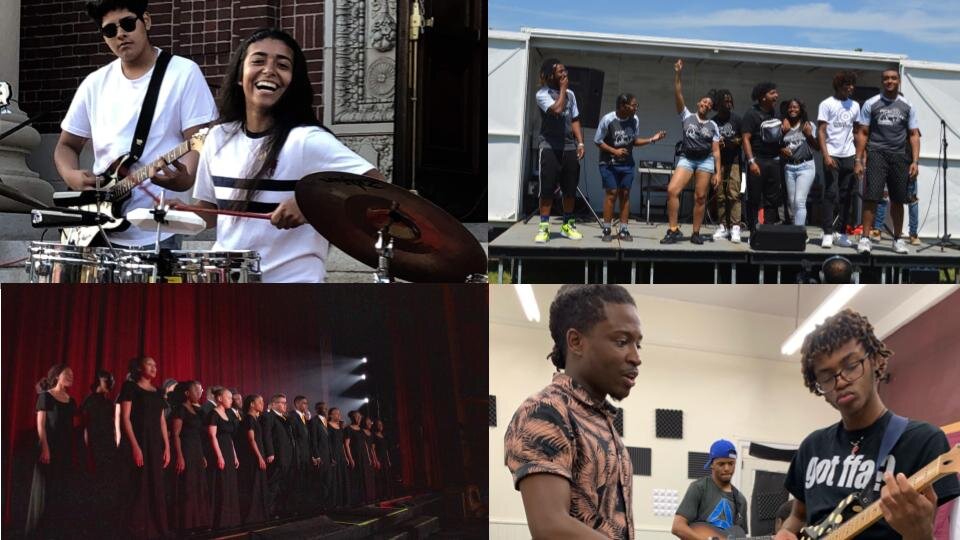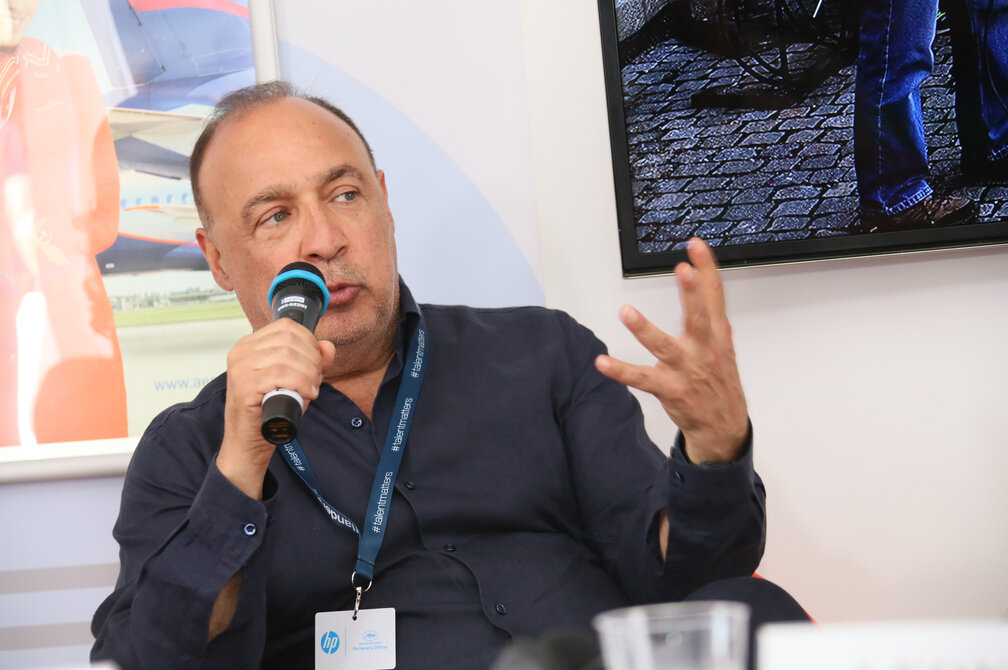Stability Pays: Lessons from a Huge Endowment Gift to the Philadelphia Orchestra
/18percentgrey/shutterstock
Faced with shrinking revenue, changing audience demographics and simmering labor unrest, orchestras need more help than ever. Consider the case of the Philadelphia Orchestra. It declared bankruptcy in 2011. During the economic downturn, its musicians accepted salary cuts and freezes. In 2016, its players dramatically walked out on opening night and went on strike for the first time since 1996. And citing tepid fundraising, orchestra management was unable to close a $5 million budget gap.
But in less than three years, the orchestra has staged an impressive turnaround, capped by a huge boost from what at first seems like an unlikely source. The orchestra received a $55 million gift—$50 million of which seed its endowment campaign, with the remaining $5 million covering operating expenses. The commitment will bring the value of the orchestra’s endowment to approximately $212 million—more than the New York Philharmonic’s, which is around $200 million.
According to the New York Times’ Michael Cooper, “The orchestra said only that the new gift came from a donor-advised fund at the Silicon Valley Community Foundation (SVCF) supported by unnamed people.”
That foundation is based in a cash-flush region of the country whose tech philanthropists are notoriously stingy when it comes to supporting the “highbrow” arts in their own backyard. But don’t let its name fool you. The Silicon Valley Community Foundation spreads money all across the country and beyond. Also, plenty of donors who aren’t from the Bay Area have funds at SVCF. A search of the foundation’s national grants database yields dozens of grants (albeit smaller) earmarked to arts organizations outside of California.
The anonymous donors behind the $55 million gift to the Philadelphia Orchestra said that the donation represented “an expression of confidence in the artistic and organizational leadership of the orchestra.” What’s more, rather than earmark the money for an expensive and risky capital project, the donors chose to bolster the orchestra’s endowment. As the Times’ Cooper notes, “robust endowments are crucial for orchestras these days” since ticket sales cover an increasingly smaller portion of operational costs.
“This exemplary act of generosity is overwhelming,” Richard B. Worley, chairman of the orchestra's board of directors, said in a statement. “The impact of this gift will be felt for generations. I know it will also serve as an inspiration and invitation to others to strengthen the orchestra for the future.”
Rocky Times
A 2016 League of American Orchestras study showed that for the first time, ensembles no longer earned a majority of their ticket revenue from subscription packages. In this sense, orchestras aren’t much different than their performance arts peers in dance, opera and theater. Faced with dwindling ticket sales, each of these fields increasingly needs philanthropy to survive.
Yet orchestras have been disproportionately rattled by disruptive labor disputes. Unrest has plagued orchestras in cities like Green Bay, Boston, Cleveland, Chicago, Grand Rapids, Kansas City, Pittsburgh and Fort Worth. Among other things, such internal turmoil makes the job of raising money more difficult. Donors want to see stability before they cut that critical check.
To see how bad things can get, consider the Baltimore Symphony Orchestra. Since the end of 2018, the BSO’s leadership and its players have been locked in a dispute over a plan to reduce the concert calendar from 52 weeks to 40 weeks. BSO President and CEO Peter Kjome pointed to losses of $16 million over the last decade as the impetus for the cuts. Unable to strike a deal, the BSO abruptly canceled its summer season a week before the Philadelphia Orchestra announced its gift.
The cancellation announcement came after the Maryland General Assembly passed a bill to grant an additional $3.2 million in state funds over the next two years to help the orchestra right the ship. Violinist Greg Mulligan, co-chair of Baltimore Symphony Musicians, told Baltimore Fishbowl he appreciated the assembly’s lifeline, but it was still insufficient. Maryland, he argued, is one of the wealthiest states in the country, and can support a full-time orchestra.
That’s surely true, in theory. But the reality is that an era of diminished government funding for the arts and falling ticket revenues, the fate of orchestras increasingly rests in the hands of major donors.
“What is the Value We Make in This Community?”
Luckily, the Philadelphia Orchestra isn’t the only success story out there. Developments in Detroit also suggest that if an orchestra can get its house in order, ensure labor tranquility, and better engage the community, donors will feel confident enough to step up with a critical cash infusion.
In 2010, the Detroit Symphony Orchestra (DSO) was in bad shape. It had been bleeding money for several years, posting $20 million in accumulated deficits, and using up much of its unrestricted endowment money to make up the shortfalls. Management proposed salary cuts and layoffs. Musicians pushed back and went on strike.
Six months later, musicians agreed to a 23 percent pay cut and reduced seats, and management agreed not to redefine jobs. The agreement nonetheless included an important carrot: Each player could earn up to $6,900 more a year if they chose to take part in community outreach activities. The orchestra also lowered ticket prices, scheduled concerts around the city, and branded itself as the “most accessible orchestra on the planet.”
DSO’s pivot to greater engagement and accessibility was a savvy move. Funders are increasingly drawn to a more immersive, equitable and socially conscious art experience. This requires orchestras and their highbrow peers to retool their approaches in programming, engagement and community outreach. As Dorian Burton, assistant executive director of the William R. Kenan, Jr. Charitable Trust noted, “Philanthropic efforts in the arts must make a fundamental shift from charitable gifts that exclude to justice-oriented giving that creates equitable access for all.”
Applying this mandate to the orchestra space, the League of American Orchestra’s Jesse Rosen said, “It’s shifting. It has been a transactional thing: We put on concerts, you buy a ticket, and we take your money, and that keeps us going, and everything is fine. Now, it is: What is the value we make in this community? Because it’s now primarily philanthropic support driving the engine.”
DSO’s labor détente and accelerated engagement efforts resonated with funders. In October of 2017, the orchestra announced it received new and increased support totaling $18.5 million from four foundations: the William Davidson Foundation, the Andrew W. Mellon Foundation, the Fred A. and Barbara M. Erb Family Foundation, and the Dresner Foundation.
Stability, Continuity, and Engagement
The Philadelphia Orchestra followed a similar trajectory. This March, orchestra players and Matías Tarnopolsky, who became the orchestra’s president and chief executive officer in August, agreed early to a new four-year contract. The deal provided modest raises, pledged to add two more players in the coming season, and included changes in work rules that increased the ability of the orchestra to schedule popular Sunday afternoon concerts to 18 per season from the current 12.
“We want to inspire both the donors of today and of the future with an exciting vision, and this agreement powerfully sets that stage,” Tarnopolsky said. The Philadelphia Inquirer’s Peter Dobrin noted the agreement gave Tarnopolsky “an attractive calling card with donors, who look for continuity and organizational unity when considering where to direct their donations.” Moreover, music director Yannick Nézet-Séguin’s contract keeps him in the music director position until at least 2026.
Speaking to Dobrin on the heels of the orchestra’s recent gift, Worley echoed the importance of stability, saying, “The fact that we have managed to balance our budget every year has also built confidence.” And yet, this confidence was made possible thanks to—you guessed it—philanthropy. As Dobrin noted, the orchestra balanced its budgets in 2017 and 2018 primarily thanks to a $4.7 million bequest from local music teacher Jane Kesson.
Not surprisingly, the orchestra also has strong ties with the Philadelphia community. Its outreach programs include free neighborhood concerns, a Martin Luther King tribute concert, and PlanINs, in which musicians of all ages can sit side-by-side with orchestra members during specified events and share their experiences before, during and after the events via social media using the hashtag #PhilOrchPlanIN.
“It’s Not the Final Step”
It’s worth reiterating that the “unnamed people” behind the Silicon Valley Community Foundation resisted the temptation to fund a flashy capital project, and instead earmarked the gift to bolster the orchestra’s endowment. Thanks to its $50 million windfall, the Philadelphia Orchestra can draw $10.8 million next year from its endowment, up from $7.9 million this year. That’s a critical infusion of cash.
And yet donors often take the capital project route, drawn by, to quote the Times’ Cooper, “the lure of shiny new buildings and the offer of naming rights.” Sometimes, it works out just fine; other times, not so much.
Most (in)famously, back in 2017, the new leaders of Lincoln Center and the New York Philharmonic scuttled a half-billion-dollar plan for a gut renovation of David Geffen Hall. In response, the hall’s namesake tore into wealthy New Yorkers’ “shameful” lack of support. A few months later, the philharmonic's new president and chief executive, Deborah Borda, announced $50 million in new donations, suggesting that while donors like funding shiny new buildings, they also appreciate responsible financial stewardship.
To that end, the Philadelphia Orchestra’s Worley said that while the $55 million gift is a “meaningful event in the orchestra’s history… it doesn’t lessen our need for the audience to support the orchestra. We still need to achieve greater levels of support from our audience to have reliably balanced budgets. This is a hugely important step, but it’s not the final step in the long-term journey to financial stability.”
And what about the mystery donors themselves? Worley passed along three tantalizing clues to the Inquirer’s Dobrin. First, the orchestra had spoken with the donors over a number of years. Second, this was not their first donation to the orchestra. And third, discussions over the details of the gift had begun about two months ago.
As for their motivations, the donors, as noted, expressed confidence in the orchestra’s artistic and organizational leadership. Nor is it a huge stretch to assume they approved of the ensemble’s community outreach efforts. Worley, meanwhile, posited his own theory. “I think that they value very highly what I would call the civilizing influence of art and culture on our society,” he said.







































